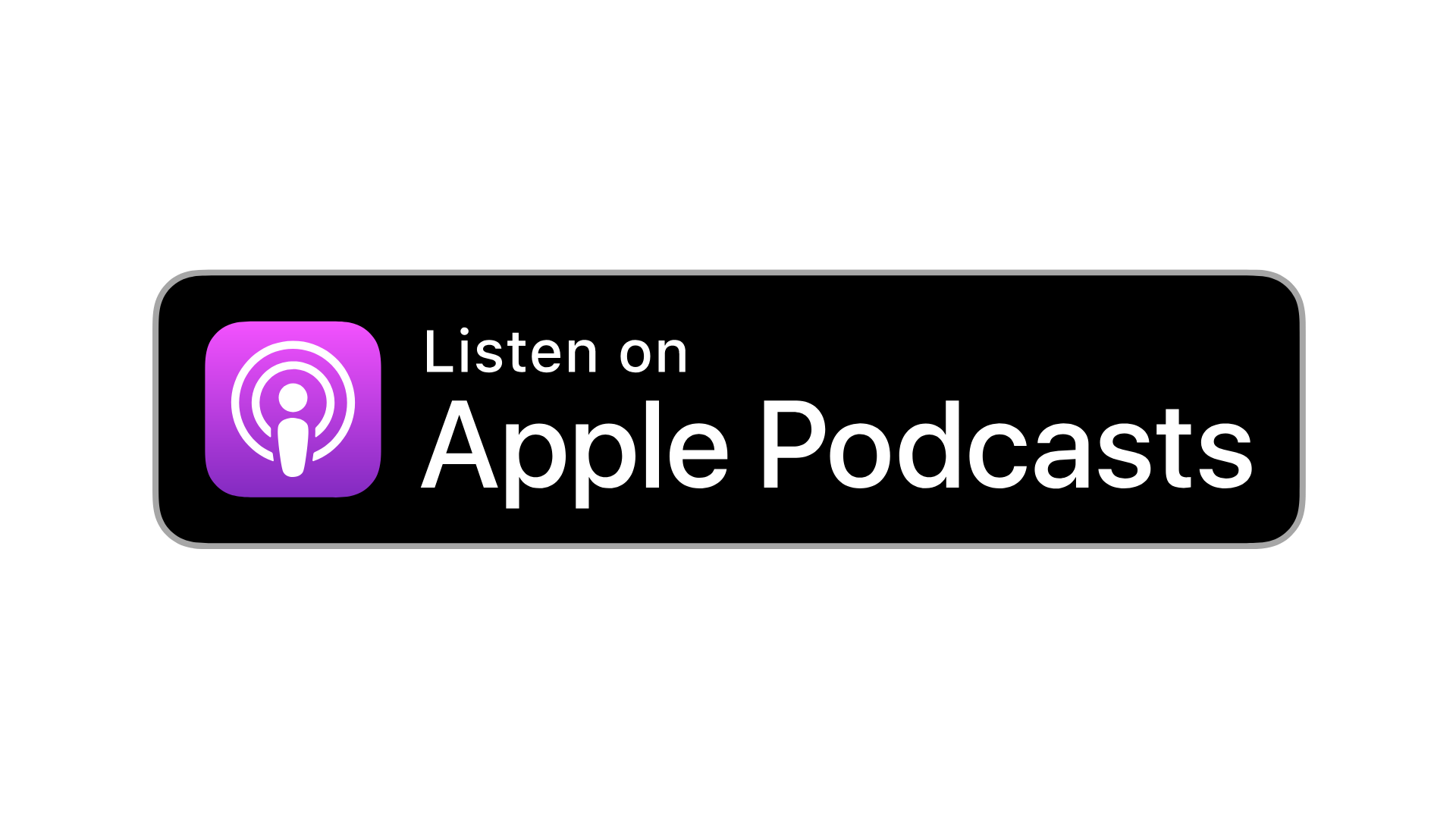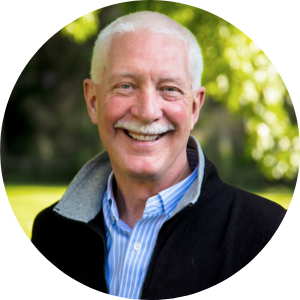Boot Up Your Inner Game: Bob Anderson
Bob Anderson has dedicated his career to exploring the intersections between leadership and personal mastery, and between competence and consciousness. Over the past 35 years, he has helped leaders gain deep, personal insight into their creative competencies that promote effective leadership, and their reactive tendencies that limit it. He is the creator of The Leadership Circle Profile, a 360 leadership assessment tool that provides integrated feedback in multiple domains across the Creative and Reactive categories.
In our conversation, we focus on recent findings based on qualitative data provided by senior leaders in large, complex organizations.
Season 2 | Episode 12 | April 8, 2020
Show Notes
“The outer game boots up on a more mature inner game.”
Bob Anderson
Founder + Chairman; The Leadership Circle
The Times Call for Exemplary Leadership
Bob and I spoke on February 21, 2020. The date is significant because the first case of community-spread novel coronavirus had not yet been detected in the U.S. Today the U.S., as well as much of the globe, is in some sort of lockdown to prevent its spread. Thousands of lives have been lost to the pandemic. The lack of mention of Covid-19 seems tone-deaf today, as managing the spread and responding to the health and economic crises are all-consuming for many.
Bob has spent the past few decades understanding what characteristics indicate a leaders’ ability to deal effectively with the increasingly complex situations they’re presented with. Our current, unfortunate predicament illustrates, even more, the need for agile, innovative and visionary leadership.
Highlights about Creative Leadership from the Interview
These excerpts have been edited for context.
[09:51] … The Creative half is run out of passion and purpose and a vision, and are about bringing into being what I care about and becoming who I most desire to be as a leader. The Creative half is about bringing into being. The Reactive half is about responding to problems, fears and threats. There will always be problems, fears and threats, but when we make up that it’s too dangerous to speak up in the room or if I always have to prove how smart I am or if I always have to be in control, that has liabilities.
[11:30] … there are three basic Reactive strategies:
- One, we play too small. We play careful and cautious. We seek harmony over the kind of conflict that often ensues when we really put forth what we’re after as a leader; we that call Complying.
- The other is Controlling, where we’re overly driven to get results usually over the top of people. Results over people.
- Then there’s Protecting, …which includes Arrogance. With arrogance, we’re highly rational and we have a vested interest in proving to people how brilliant we are.
Underlying any one of those strategies goes right to the core of how we form our identity and the core operating beliefs and assumptions that define us. The basic equation under any Reactive strategy is, my worth is in your hands. Somehow you define me. How you see me is vitally important to how I see me. And I maintain that in certain ways: I’m the one who always gets results, or I’m the one who is nice and agreeable, or I’m the one who’s super-rational and brilliant. This defines me.
Well, any situation which threatens, that puts us under pressure and we tend to react.
[17:26]: The highly effective, and Creative leaders had a very different set of strengths. They had all the other strengths in equal measure: technical strengths, domain knowledge, etc., but they excelled at people, people, people and people. People, teams, developing people, listening, approachable. Six out of the top 10 most commented-on strengths for the highly effective Creative leader group had to do with people and teams and their ability to develop people and lead them well.
The next set of strengths was purpose, vision and authenticity, and that rounded out the top 10 list of the most effective leaders. Yes, they have their technical skills and their intellect and brilliance. You have to have that to play. That’s table stakes. It doesn’t define leadership, and it doesn’t scale if you’re trying to run your leadership through your own creative brilliance. It scales when you can develop that in others.
The top 10 Creative competencies, according to write-in comments on the Leadership Circle Profile 360:
[20:48]: Number one: Strong People Skills. 79% of leaders had three or more comments from their raters on good with people – 79%. Reactive leaders rated only 28% good with people. That just sums it up. If you look at the list, Strong People Skills, Visionary, Team Builder, Personable/Approachable, Leads by Example. That’s authenticity and integrity, right? Passion & Drive, that’s purpose. Good Listener, Develops People, Empowers People, Positive Attitude. That’s the top 10 list.
[22:51] You’ve got to work the inner game and the outer game. The outer-game boots up on a more mature inner game. As you start to take in feedback and work it, see how you’re showing up and the impact you’re having, you can get underneath the feedback and say, “Well, what’s the story I’m making up or the set of assumptions that running that pattern?” That frees up a lot of space for the stuff that you’re trying to create. That’s one half the inner game. The other half of the inner game is getting really clear about what you’re trying to create, why it matters, what kind of behaviors you need to get better at in order to really have the impact you want to have as a leader.
As you focus on what you want, you move toward it. As you unhook from old patterns, you move towards even more, in an accelerated rate, what you want. You work both ends of that spectrum. That is what the Leadership Circle Profile was designed to facilitate because you’re going to have feedback on both ends of that spectrum.
[27:16] We think that the complexity of today’s business environment, VUCA: volatility, uncertainty, complexity and ambiguity, all of those things – the turbulence and perturbation and disruption that we’re always in now, require a Creative mindset or higher. You can’t create the kind of agile, adaptive, innovative, engaged workplaces that we are trying to construct in order to thrive in a VUCA world. You literally can’t create those cultures and systems and structures from a Reactive leadership mindset. They won’t boot up.
More Links from this Episode
Download Practices to Boot Up Your Inner Game
Socialized and Self-Authoring mindsets
After listening to the interview and reading the notes, I wonder what your takeaway is?
Thanks for tuning in!
LeeAnn



